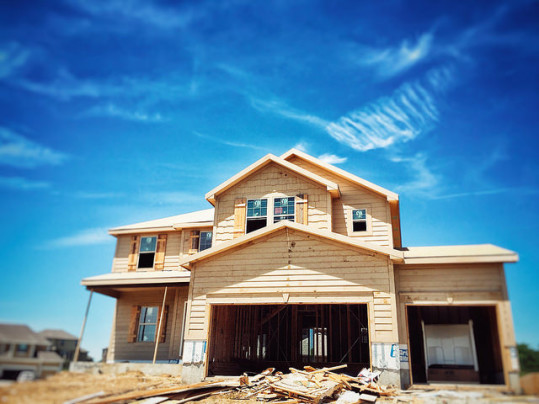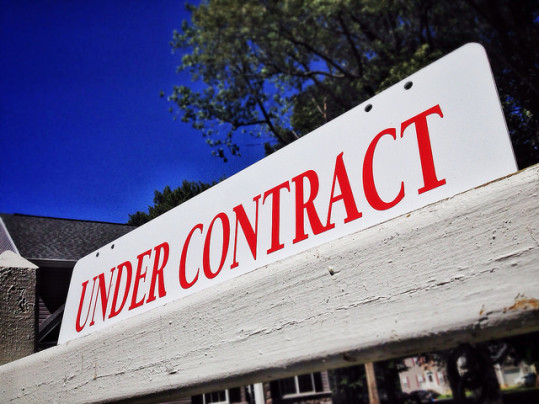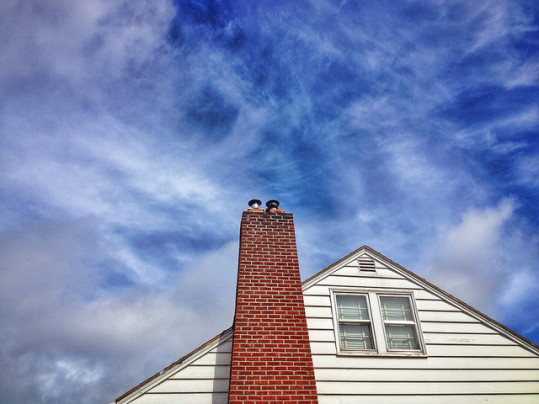Typically, spring and summer are thought of as the prime times to buy or sell a home. There are a number of reasons for this, including weather and the end of the school year. But whatever the reason, there are usually more homes for sale and more active buyers during what is typically the busiest sales season. Fall and winter, on the other hand, are the time of the year when the housing market slows down. The approaching holidays and colder temperatures across much of the country mean fewer Americans are in the mood for a move. But that can mean opportunities for buyers who are. A recent analysis looked at the country’s largest metro areas and compared typical affordability levels, projected rent increases, and the share of listings with a price cut to determine where buyers might have the best chances in the coming months. The results showed conditions in hot markets like Orlando, Boston, Seattle, and Las Vegas are becoming more favorable as the end of the year approaches. That means, interested buyers may be in a better position this fall and winter than they will be next spring when things begin to heat back up. More here.
Archive for October 2018
How Affordable Is The Typical New Home?
Generally speaking, there are two types of homes available to buyers. There are previously owned homes and there are new homes. Which one you choose comes down to a couple of factors. The first is personal preference. Some people prefer the quirks and character of an older home, while others like the comfort of knowing everything in their house is brand new. But though it’d be nice if it was, preference isn’t usually the deciding factor. Ultimately, your decision will come down to budget and affordability. New homes tend to be more expensive than existing homes. Which means, whether or not you consider buying new might be determined by your price range. So how affordable is the typical new home? Well, according to the most recent numbers from the U.S. Census Bureau and the Department of Housing and Urban Development, they’re becoming more affordable. In September, for example, the median sales price of new homes sold was $320,000, which is down from $331,500 last year at the same time. More here.
Pending Home Sales Increase In September
When an offer on a home has been accepted, that home’s sale is considered pending. It isn’t final until closing, which typically takes place a few weeks later. But, because most accepted offers result in completed sales, the National Association of Realtors tracks contract signings as an indicator of what sales should look like in the near future. In September, the NAR’s Pending Home Sales Index showed a slight increase from the month before, though it’s still below where it was at the same time last year. Lawrence Yun, NAR’s chief economist, says the month-over-month increase is a good sign. “This shows that buyers are out there on the sidelines, waiting to jump in once more inventory becomes available and the price is right,” Yun said. In other words, though tight inventory and the end of the summer season may lead to slowing sales in the near term, home buyer demand remains elevated. Additionally, Yun points out that compared to data going back to the year 2000, affordability levels are favorable and should help keep housing demand steady in the coming months. More here.
3rd Quarter Prices Show Rate Of Increase Slowing
Among all the factors that can help prospective home buyers get an idea of what a particular property will cost them, price is perhaps the easiest to gauge. Things like mortgage rates, potential maintenance and upkeep, property taxes, and insurance are all part of the equation but not as simple to measure as a home’s listed price. So it’s no shock that Americans who are thinking about buying a house in the near future are also thinking about where home prices are headed. That’s why new numbers from ATTOM Data Solutions offer buyers some good news. According to their Q3 2018 U.S. Home Sales Report, home prices only rose 1 percent in the third quarter and are now up 4.8 percent from last year. That’s the slowest price appreciation since 2016. The report found that price increases slowed in 74 of the 150 metro areas analyzed, including Chicago, Los Angeles, Dallas-Fort Worth, Houston, and Miami. Despite the encouraging news, however, there are many markets where prices are still rising quickly. In fact, some metros continue to see double-digit gains year-over-year. More here.
Mortgage Demand Bounces Back After Holiday
According to the Mortgage Bankers Association’s Weekly Application Survey, demand for mortgage loans rose 4.9 percent last week from one week earlier. Refinance activity led the way, increasing 10 percent from the previous week. Demand for loans to buy homes was also higher, however, posting a 2 percent increase. But though demand was up, the rebound follows a holiday week that saw sharp declines. “Mortgage application activity rebounded the week following the Columbus Day holiday, but both purchase and refinance levels remained lower than where they were two weeks ago,” Joel Kan, MBA’s AVP of economic and industry forecasting, said. In other words, despite last week’s gains, activity overall has slowed. It may have something to do with climbing interest rates. Last week, average rates rose again. Rates were up across most loan types, including 30-year fixed-rate loans with both conforming and jumbo balances and loans backed by the Federal Housing Administration. Average rates for 15-year fixed-rate loans were unchanged from one week earlier. The MBA’s weekly survey has been conducted since 1990 and covers 75 percent of all retail residential mortgage applications. More here.
How Long Will It Take To Save A Down Payment?
When asked, most Americans who don’t own a home say they’d like to become homeowners someday. Regardless of current market conditions or the state of the economy, the desire to own a home endures. Part of this is because it helps to build wealth. The other part is homeownership’s long-cemented status as a key element of the American dream. So what’s keeping aspiring homeowners from pursuing their dream? Well, one main factor is coming up with a down payment. The down payment is among the biggest obstacles that keep people from buying. Mostly, this is because the traditional 20 percent down payment can be difficult to save. In fact, according to one recent analysis, someone making the median income and saving 10 percent of their earnings each month would take more than seven years to save a down payment on the typical American home. And, because home prices have grown faster than incomes over the past few decades, the amount of time it takes has been increasing. Fortunately, though, a 20 percent down payment isn’t required, depending on the type of loan you choose. Also, where you’re looking to buy will affect the amount of time it’ll take. For example, a down payment in Pittsburgh will take just 4.8 years to save, while in cities like Boston or Miami it can take twice that long. More here.
The Forecast For First-Time Home Buyers
Buying your first home is different than buying your second. For one, first-time buyers have never been through the process before and face a lot of unknowns. They also have to build a down payment from scratch, since they don’t have a house to sell. And without the benefit of home equity to help fund a home purchase, buying prospects can look a little different. In short, first-time buyers face some challenges other home buyers may not. So what can they expect from today’s market? Well, according to Fannie Mae’s chief economist, Doug Duncan, affordability is the top concern for first-time buyers. Prices have largely recovered from their post-crash decline and mortgage rates have been on the rise lately. That means, affordability conditions are changing. It also means for-sale inventory is the key factor to watch for buyers interested in an entry-level house. If the number of homes for sale rises, that should help moderate future price increases and give new buyers more homes to choose from. This could help balance the effect of higher rates and make finding an affordable home a little easier for first-time buyers. More here.







